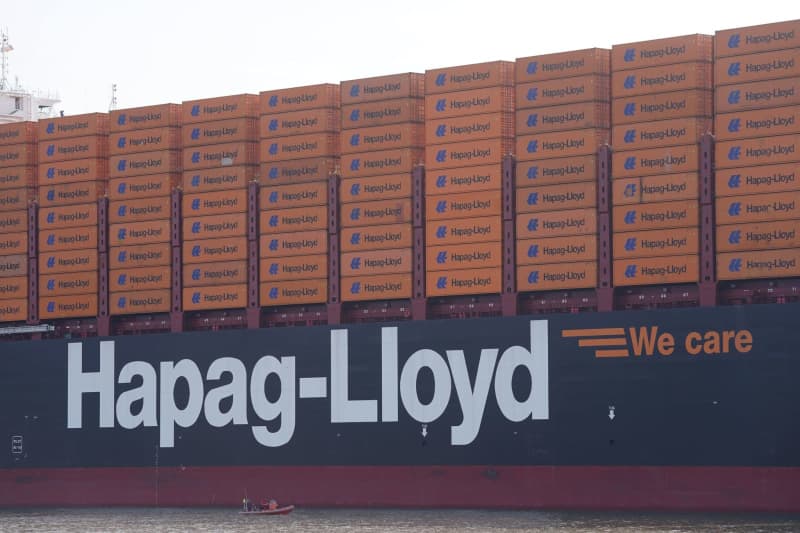Germany’s Hapag-Lloyd is aiming to expand its stakes in terminals around the world, chief executive Rolf Habben Jansen said in Hamburg on Tuesday in outlining the shipping company’s new business strategy.
“Our aim is to expand our terminal portfolio by up to 10 to 15 terminals by 2030,” Habben Jansen said. This would take the number to considerably more than 30.
Hapag-Lloyd is aiming to cut costs by up to 20% and reduce CO2 emissions by a third by 2030. Punctuality is to rise from around 50% currently to more than 80%.
The aim is to maintain its position as the world’s fifth-largest container shipping company and to grow faster than the market in key regions in Africa, India, South-East Asia and the Pacific.
Hapag-Lloyd operates 266 container ships with an annual volume of 11.9 million standard containers. Switzerland’s MSC, Denmark’s Maersk, France’s CMA/CGM and China’s COSCO are the only larger companies in the sector. Closely following Hapag-Lloyd are Singapore’s One and Taiwan’s Evergreen.
Habben Jansen expressed concern about the situation in the Middle East. The company is no longer sending its ships through the Suez Canal but around the southern tip of Africa on account of the attacks on shipping mounted by the Yemeni-based Houthi rebels.
While this would not impact the goals for 2030, “in the short term it is putting [Hapag-Lloyd] under extreme pressure,” he said. The ships not only have to take the longer route, but have to travel faster to meet their schedules.
A difference of three knots (5.6 kilometres per hour) could mean a decline of almost 5 million tons of CO2 compared with a total of 15.5 million tons. “The effect is really very, very large,” Habben Jansen said.
